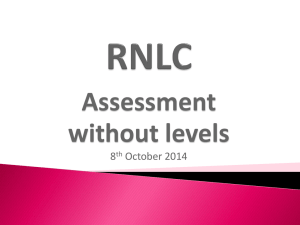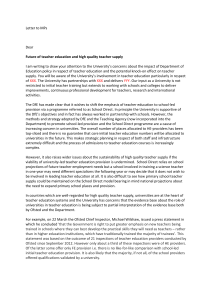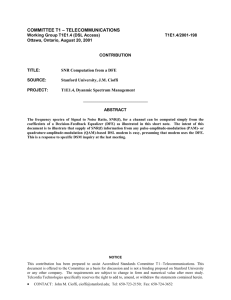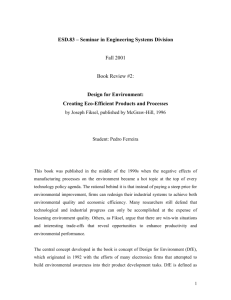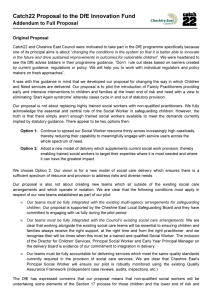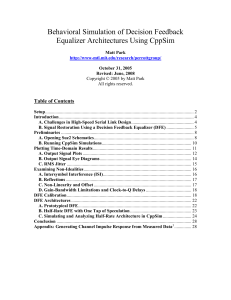runoff infrastructure
advertisement
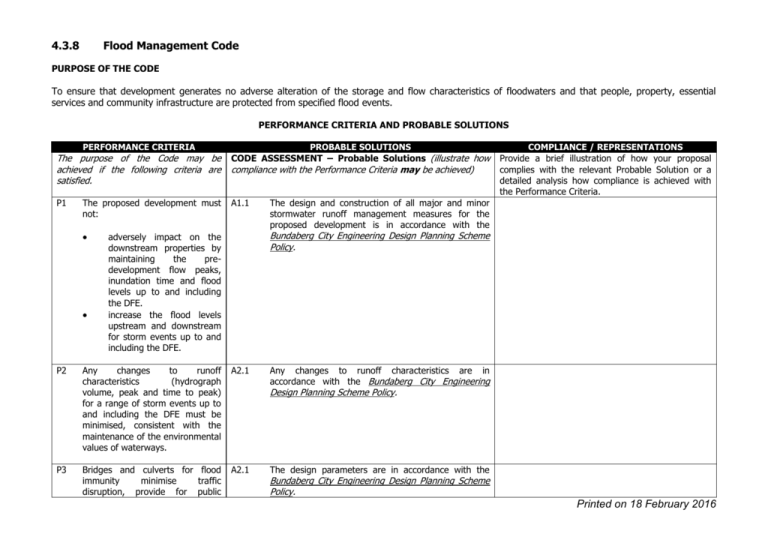
4.3.8 Flood Management Code PURPOSE OF THE CODE To ensure that development generates no adverse alteration of the storage and flow characteristics of floodwaters and that people, property, essential services and community infrastructure are protected from specified flood events. PERFORMANCE CRITERIA AND PROBABLE SOLUTIONS PERFORMANCE CRITERIA The purpose of the Code may be achieved if the following criteria are satisfied. P1 The proposed development must not: P2 P3 PROBABLE SOLUTIONS CODE ASSESSMENT – Probable Solutions (illustrate how compliance with the Performance Criteria may be achieved) A1.1 COMPLIANCE / REPRESENTATIONS Provide a brief illustration of how your proposal complies with the relevant Probable Solution or a detailed analysis how compliance is achieved with the Performance Criteria. The design and construction of all major and minor stormwater runoff management measures for the proposed development is in accordance with the Bundaberg City Engineering Design Planning Scheme Policy. adversely impact on the downstream properties by maintaining the predevelopment flow peaks, inundation time and flood levels up to and including the DFE. increase the flood levels upstream and downstream for storm events up to and including the DFE. Any changes to runoff characteristics (hydrograph volume, peak and time to peak) for a range of storm events up to and including the DFE must be minimised, consistent with the maintenance of the environmental values of waterways. A2.1 Bridges and culverts for flood immunity minimise traffic disruption, provide for public A2.1 Any changes to runoff characteristics are in accordance with the Bundaberg City Engineering Design Planning Scheme Policy. The design parameters are in accordance with the Bundaberg City Engineering Design Planning Scheme Policy. Printed on 18 February 2016 P4 PERFORMANCE CRITERIA safety and bike ways, allow for fauna habitat and movements and maintain necessary hydraulic performance. Land surface and road access thereto of land used for residential purposes must provide safe egress during the DFE. PROBABLE SOLUTIONS A4.1 A4.2 On all allotments in the Residential A and Residential B Precinct existing at the date the planning scheme commences, no solution is prescribed; or On all other allotments, the land surface and road access thereto of all land used for residential purposes is above the DFE level for the site. P5 The occupants and chattels of habitable rooms must be safeguarded against illness, injury and damage caused by the DFE. A5.1 The floor level of a habitable room is at least 300mm above the DFE. P6 Land surface and road access thereto of land used for commercial, business or industrial purposes shall provide for safe egress during the DFE. A6.1 Land surface and road access thereto of land used for commercial business or industrial purposes is above the DFE level for the site. P7 The occupants and chattels of commercial, business or industrial premises shall be safeguarded against injury or damage caused by the DFE. A7.1 The floor level of premises used for commercial, business or industrial uses is above the DFE level for the site; and A7.2 The premises are located in an area where there is sufficient flood warning time to enable safe evacuation. Public safety and the environment are not adversely affected by the detrimental impacts of floodwater on hazardous, toxic or noxious materials manufactured or stored in bulk. A8.1 The manufacture or storage in bulk of hazardous, toxic or noxious materials takes place above the DFE level; or A8.2 Structures used in the manufacture or storage in bulk of hazardous, toxic or noxious materials are designed to prevent intrusion from floodwaters. P8 COMPLIANCE / REPRESENTATIONS Printed on 18 February 2016 P9 PERFORMANCE CRITERIA Essential services infrastructure (e.g. electricity, gas, water supply, sewerage and telecommunications) maintains its function during a DFE. A9.1 A9.2 PROBABLE SOLUTIONS Essential services infrastructure is located above the DFE level; or COMPLIANCE / REPRESENTATIONS Essential services infrastructure located below the DFE are designed and constructed to exclude floodwater intrusion/infiltration; and Essential services infrastructure is designed and constructed to resist hydrostatic and hydrodynamic forces as a result of inundation by the DFE. P10 Community Infrastructure is able to function effectively during and immediately after a DFE. A10.1 Community Infrastructure located below the Recommended Flood Level can function effectively during and after flood events; and A10.2 Essential Community Infrastructure has an emergency rescue area above the Recommended Flood Level Printed on 18 February 2016


